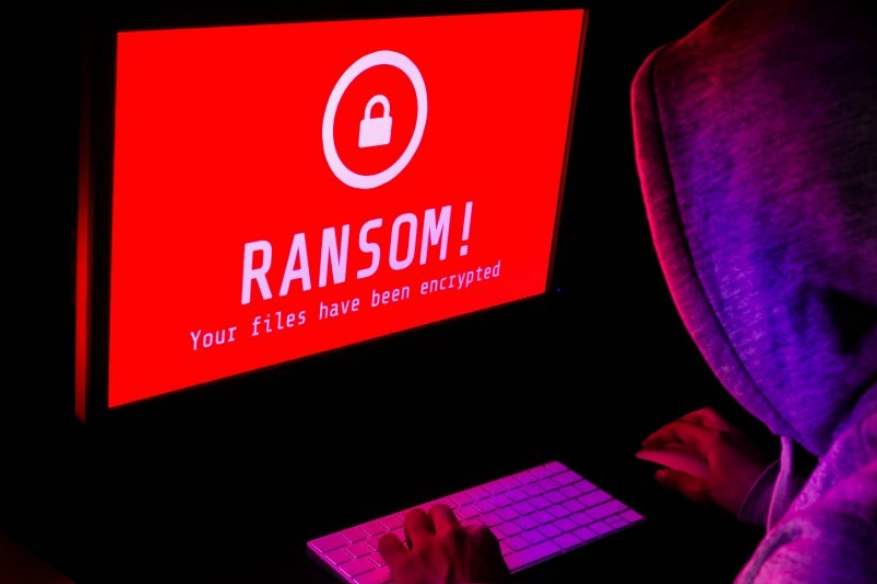How To Get Rid Of Ransomware?

Access denied!! Pay Ransom!! Access denied!!.
These words on a computer are a living nightmare for any organization. This indicates your system has been infected by a ransom malware, which will prevent you from accessing your files or make you pay a ransom to regain access.
This malicious software has been infecting since the late 20th century and ever since has been extorting money through cryptocurrency or credit cards.
Well, since you there was a need for your land on this page, we won’t be wrong in assuming that your system has been attacked by ransomware, and now you are looking for ways to get rid of this.
Here is the best ransomware protection steps.
Well, you are in the right spot. We are capable of providing you the complete gen about ransomware attacks, but for now, we believe that jumping straight into the section that details the steps to remove ransomware is utmost.
So let us get you started for removing ransomware.
HOW TO RESPOND TO RANSOMWARE?
Prevention is always better than cure, but do not let your heart sink since your computer is infected. Instead, tackle the situation smartly by following our smart guide to respond and remove the uninvited and unwanted guests from your PC. The removal is not simple but possible.
As soon as you fall prey to these cyber-attackers, you should
- Isolate your computer
As soon as this event occurs, you should disconnect it from any network or connections. This way, you reduce the chances of spreading the ransomware to other computer systems.
- Do Not Pay The Ransom.
In a rush, many victims tend to pay out the ransom without thinking. However, the words of caution here are that paying the ransom does not guarantee that you will get your files back or regain access.
You might encourage the spirit of the cyber-attackers. So wait and try other means first to minimize the damage.
- Start The Removal Procedure.
Follow the simple guide to recover your PC from the ransomware, Windows operating system.
Step #1: Disconnect and identify the type of malware
As mentioned above, the first step of response to such an attack is to remove all wired and wireless connections, which will not let it make other computers its hostage.
Disconnect from:
- Internet
- Cloud storage
- External hard drives
- Pen drives
- Wired connections.
Next, find out which type of ransom malware you’re attacked with. This knowledge helps to find a fix.
The most problematic types of ransomware are file coders or screen lockers that are generally easier to remove.
Step #2: Scan with security software
Now run a scan with security software that you have installed as a precautionary measure in your system. It helps not only to minimize entry but also to detect threats.
If any file is found to be suspicious or vulnerable to risk, consider removing it, or quarantining it.
Step #3: Remove the malware:
- A) Automatic delete:
There are chances that the malware is removed off your PC itself after you scanned it with security software. This is an attempt by cyber-attackers to leave no clues behind, but it is good for us!
- B) Remove using security software:
Good software will detect and delete ransomware programs immediately and also immune your PC from future attacks.
Step #4: Recover your files
- A) Restore backed-up files.
This is one of the major preventive steps that marginalizes the loss of data-kidnapping by ransomware.
If you have followed the basic, preventive measures then you must have data backups on cloud storage or external device, so now is the right time to recover those clean, ransomware-free files onto your computer.
Automatic backing up helps to revert to malware-free files and software with ease.
But if you haven’t created a backup for your files, then, unfortunately, clearing the malware and recovering the data will be hard.
- B) Use Ransomware Decryptor.
The main goal of getting rid of a ransomware attack is to gain access over your locked files without having to pay for the ransom. So if your crucial files are encrypted by the cyber-attackers, find a ransomware-decrypting tool to decrypt or unlock your files and regain access.
Do not hold high hopes, but in rarity, you can decrypt your files without having the attackers pay the ransom.
Conclusion
This article taught you all that is required to remove ransomware, though there are innumerable ways to protect your computer and your files from a ransomware infection.
And as gentle advice, the ransomware attacks are growing and becoming more sophisticated, making its removal difficult. So you should learn to avoid being a victim.